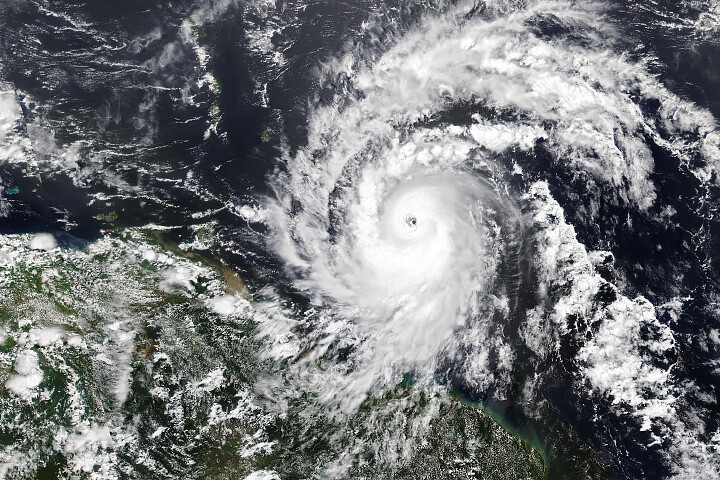The start of hurricane season in the Gulf of Mexico seems to be at a lull despite the scorching temperatures, leaving researchers stunned. The National Hurricane Center reported that there were no expectations of tropical cyclone activity for at least a week while all ingredients for a storm have been hovering in the Atlantic.
Philip Klotzbach, a meteorologist at Colorado State University, told sources, “There’s nothing coming up. It’s extremely quiet, which is off, given how hot the Atlantic is and the trend toward La Nina. There’s a lot of head-scratching right now.”
The natural La Nina climate pattern, expected to take hold this fall, is closely related to hurricanes and warm Atlantic waters. According to Yahoo News, the ocean heat content in the Gulf of Mexico is the highest it has been since 2013.
According to the University of Maine's Climate Reanalyzer, the North Atlantic Sea surface temperatures were trending about 1.8 degrees Fahrenheit above the average norm. The warm seas will fuel hurricanes due to the additional heat and increased risk of storm intensification.
“There’s plenty of fuel. That’s not what’s holding the season back,” Klotzbach told sources.
Official hurricane season begins June 1 and ends Nov. 30. Hurricane scientists predicted a record season this year, starting with Hurricane Beryl, a category four storm in the Atlantic, and slow-moving heavy rains in the Southeastern states with Hurricane Debby. However, there has been a radio silence since early August.
The National Hurricane Center is currently tracking two tropical waves, referring to the atmosphere. Meteorologists monitor big ripples or waves, usually over warm ocean waters. The waves can typically produce clouds, rain, and storms. One of the waves being monitored is moving westward from the coast of Africa, and the other is already moving westward in the Caribbean Sea, but neither of the waves is a hurricane.
Steve Bowen, a chief science officer for Gallagher Reinsurance Brokers, one of the world’s largest insurance brokerages, told Yahoo, “Trends in the weather off the coast of West Africa, including an enhanced monsoon, might have prevented storms from developing in the systems that can seed tropical storms in the Atlantic basin.”
The unofficial peak of hurricane season is coming right up on Sept. 10, and the limited hurricane updates may change soon.
“We’ve already had two U.S. hurricane landfalls,” Bowen stated. “We typically don’t see the first major hurricane until Aug. 31. When you’re looking at jure pure statistics, we’re actually running still quite ahead of where we typically would be in an average season.”







